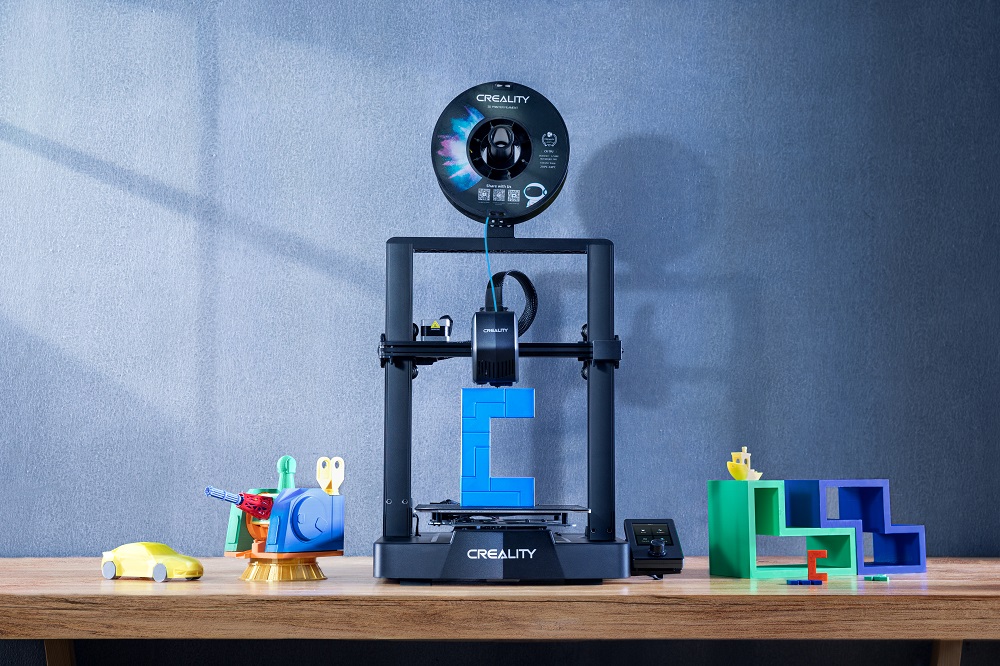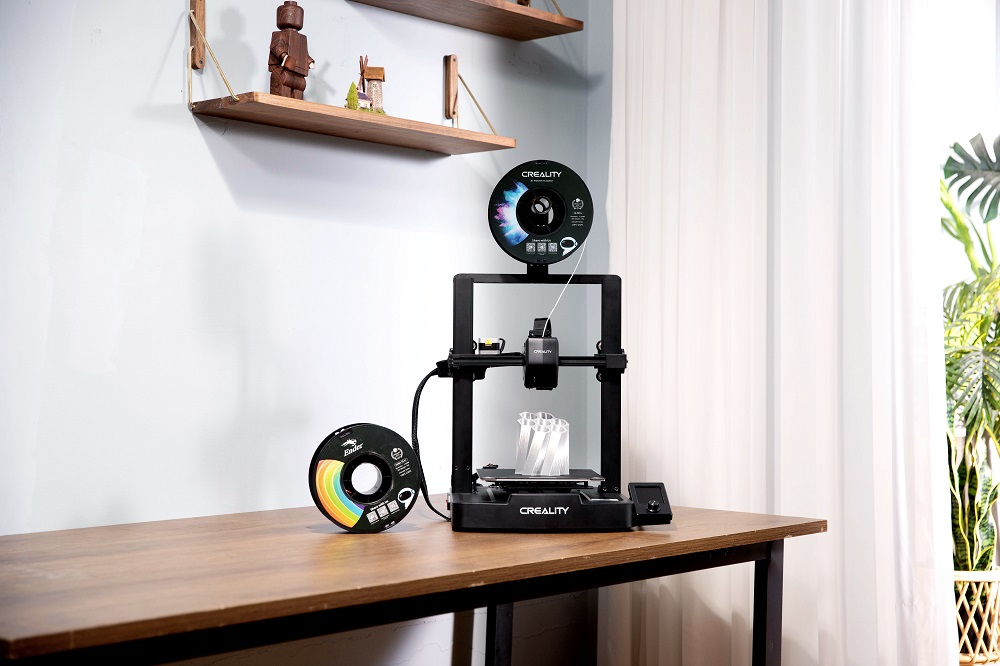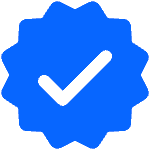If you are finally at that point in life where you feel ready to dip your toes into the world of 3D printing, then you’ve come to the right place. That fact that you’re here means that you already know that 3D printing is not a plug-and-play hobby but rather an active undertaking that will hold your interest for a long time.
With this post, we intend to take you through the process of buying a 3D printer by helping you understand what’s important from what’s not. Once you are in, we’ll help you undertake an evaluation of the variables that matter, including budget, desired features, and the available support to ensure you get the best value from your printer. Sit back and let’s help you unleash a new world of endless possibilities!
How to Choose a 3D Printer: Why Do You Want One?
Before we answer the many questions you have on how to choose a 3D printer, it’s imperative that we set our objectives straight. The only way to do this is by making sure we understand the problems you intend to solve with a 3D printer. In this case, we have to establish what you want to print with your 3D printer. Addressing these concerns enables you to manage your expectations and prepares you for the learning curve that precedes flawless prints.
The needs of an experienced user may differ significantly from those of a beginner.
Entry level 3d printers are often ideal for those just starting out, offering affordability and ease of use, while more advanced users might seek additional features or larger build volumes. Additionally, if you are interested in printing small figurines, you should consider printers that excel at detailed, small-scale projects, as this can influence the type of printer best suited for your goals.
What to Consider When Choosing a 3D Printer: Print Speed and More
Picking your first 3D printer can be either an exciting experience or an overwhelming undertaking. To avoid making the wrong choice when selecting a 3D printer, start with what you intend to print. From miniature figurines to tools and parts, the printer you’ll need will require different attributes. For an easier time, you’ll have a better chance picking the best 3D printer if you consider the following:
-
The printing technology: Here, you’ll have to make a choice between filament 3d printers, with Creality’s
Ender-3 V3 SE being one of the best 3D printers for beginners, and resin 3d printers, such the
HALOT-MAGE S 14K. The choice between resin and filament (FDM) 3D printers depends on what you want to create and how much post-processing you're willing to handle. FDM printers are easier to maintain, cheaper to run, and perfect for printing larger objects, functional parts, or prototypes. Resin printers, on the other hand, excel in fine detail. They’re best suited for miniatures and figurines, or anything where surface smoothness and precision matter. It’s important to note, however, that they come with messier post-processing: resin is toxic when uncured, and prints need to be washed and UV-cured.
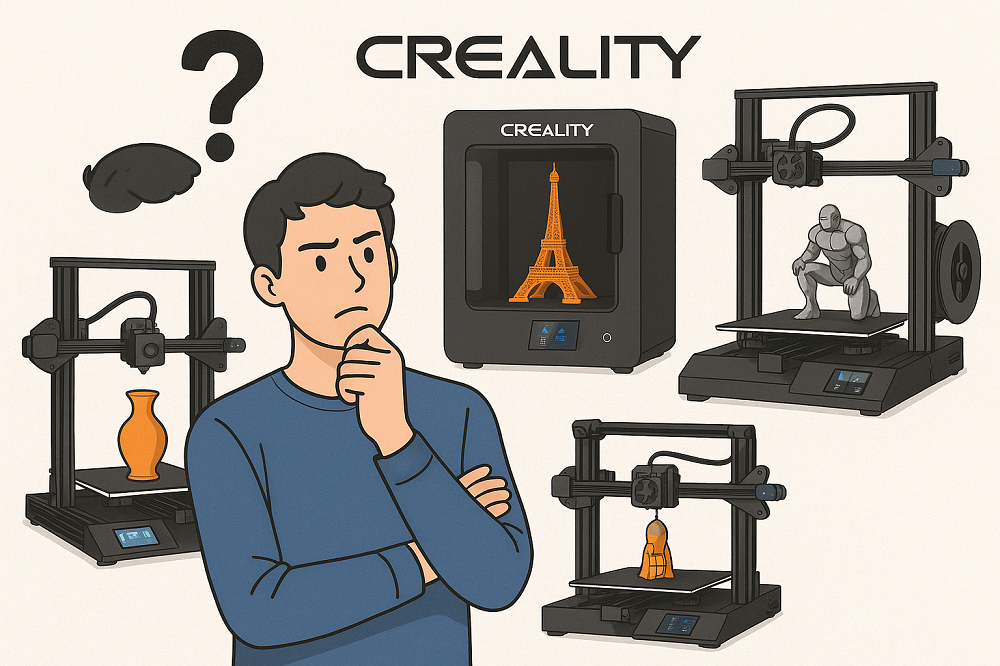
The build volume of a printer will determine the size of objects you can print. It’s imperative to note that the size of the printing bed is only one of the issues that you must consider. You’ll also need to establish if the printer has convenience features such as the auto bed leveling. Printer features like maximum build size and print preview can help users plan their projects more effectively.
-
Print quality: this is determined by layer height, resolution and tolerance. Here, it is imperative to note that no printer is perfect for every situation, which means you have to pick something suitable for your specific needs. For instance, the Ender-3 V3 SE is good for general use but might not be ideal for ultra-high precision work.
-
The available space: The bigger the printer, the more space you need in your workspace. So, if your space is limited, you might have to consider buying a compact printer. At Creality, you are spoilt for choice when it comes to compact 3D printers with many of the printers from the
Ender Series or
Flagship Series taking up under 0.5 square meters in area.
-
The materials you intend to use: If you intend to print items that require special types of filaments, you might need to consider investing in closed-frame printers. Entry level printers may have limited material compatibility and are often designed for basic materials like PLA.
Easy to use printers are ideal for beginners, but may require more manual calibration and often have fewer advanced features compared to higher-end models.
Maintenance safety features, such as enclosed build chambers and proper ventilation, are important considerations for long-term use and safety.
When considering software, note that some manufacturers provide their own software, For example, Creality's Creality Print, while others allow for third-party options. The importance of print preview in slicing software cannot be overstated, as it helps visualize and adjust print settings before printing.
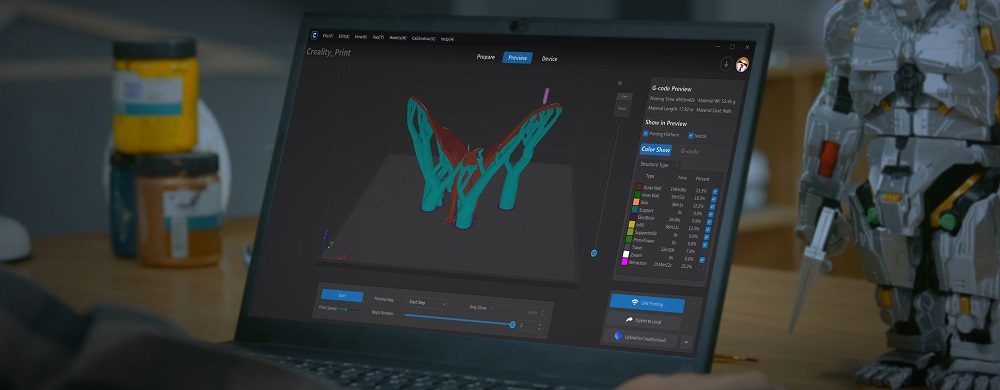
There are many different printers available, each with their own unique features. Understanding filament material compatibility and how various printers support different materials is key to making the right choice for your needs.
Does Size Matter When Buying a 3d Printer?
Of course, size matters in 3D printing. Small desktop models are ideal for beginners or those with limited space, offering a compact and user-friendly option. A medium sized printer provides a balanced solution for most projects, combining versatility and manageable size. Large models, on the other hand, are best suited for big industrial machines or large-scale projects that require significant build volume.
Open or Enclosed 3D Printers? Considerations for Resin Printers
When doing your research on what to look for in 3D printers, you get to the point where you’re choosing between taking home an open 3D printer or diving deeper into the pocket and buying a fully enclosed 3D printer. While this might require you to dive deep into how each of the printers operate, an easier path to follow is the one that stems from the materials you want to use as well as your preferred printing environment.
Open framed printers, such as the
CR series, or the Ender series, will be the best printers for you if you’re looking for affordable, easy to modify printers and are looking to use common filaments such as PLA, PETG, and TPU variations. The only limitation to these types of printers is that they will not work with tougher filament materials, such as ABS or nylon, that require consistent temperatures. For such materials, you’ll need enclosed printers in order to reduce warping when printing and to contain toxic fumes.
Do You Need an Expensive or Cheap 3D Printer?
Before setting out to buy a 3D printer, it’s important that you align your budgetary expectations with the attributes that you want in the printer. This is because cheap or expensive is relative to what you need. For instance, Creality has 3D printers under 400 dollars fitted with advanced features like fast printing, a direct drive extruder, auto-leveling and seamless calibration.
But if you’re building mechanical parts, engineering models, or DIY tools, you’ll likely use filaments like PETG, ABS, or even carbon-fiber infused materials. These require a printer with a stronger frame, better extrusion system, and an enclosed build area. This might force you to skip the budget printers and push you in the region of fast, enclosed printers such as the
K1C.
Our Top Picks for Beginners
If we had to choose just one 3D printer for a beginner, we’d start with the one that offers the easiest, most reliable entry into the hobby without breaking the bank. That’s the Ender-3 V3 SE. The printer is budget-friendly, beginner-ready, and comes packed with smart features like auto bed leveling and direct drive.
But if you’re the kind of beginner who wants to hit the ground running with speed, safety, and more material flexibility, the Creality K1 is a no-brainer. It’s fully enclosed, crazy fast, and practically plug-and-play. It costs slightly more, but you’re getting serious capability in return.
Conclusion
Getting into 3D printing as a beginner is just as exciting as it is overwhelming. With the right guidance, however, you can skip the frustrations and start creating with confidence. The key is to match your printer to your actual needs, not just your budget. Whether you're printing figurines, cosplay props, or functional tools, there's a Creality printer built to help you succeed. Start with a reliable, affordable model like the
Ender-3 V3 SE, and if you're ready for more speed, precision, and materials versatility, the
Creality K1 3d printer gives you a serious head start without being intimidating. Whatever your choice, you're entering a creative space full of possibilities.
Common Beginner Questions About 3D Printers
Q: How long does it take to start 3D printing after acquiring the printer?
A: You can start printing simple models immediately after setting up. Mastery might take longer, but most 3D printers come with strong community support to guide you through.
Q: Do I need design skills to use a 3D printer?
A: No. You can download free models from sites like Thingiverse or Printables. Moreover, you can always learn 3D design over time with tools like Tinkercad or Fusion 360.
Q: Is it expensive to maintain a 3D printer?
A: Not really. Basic upkeep includes replacing nozzles or building plates occasionally. Filament is the main ongoing cost, and it's relatively affordable.
Q: Are Creality printers good for long-term use?
A: Absolutely. With proper care and the occasional upgrade, the printers can last years and evolve with your skill level.
